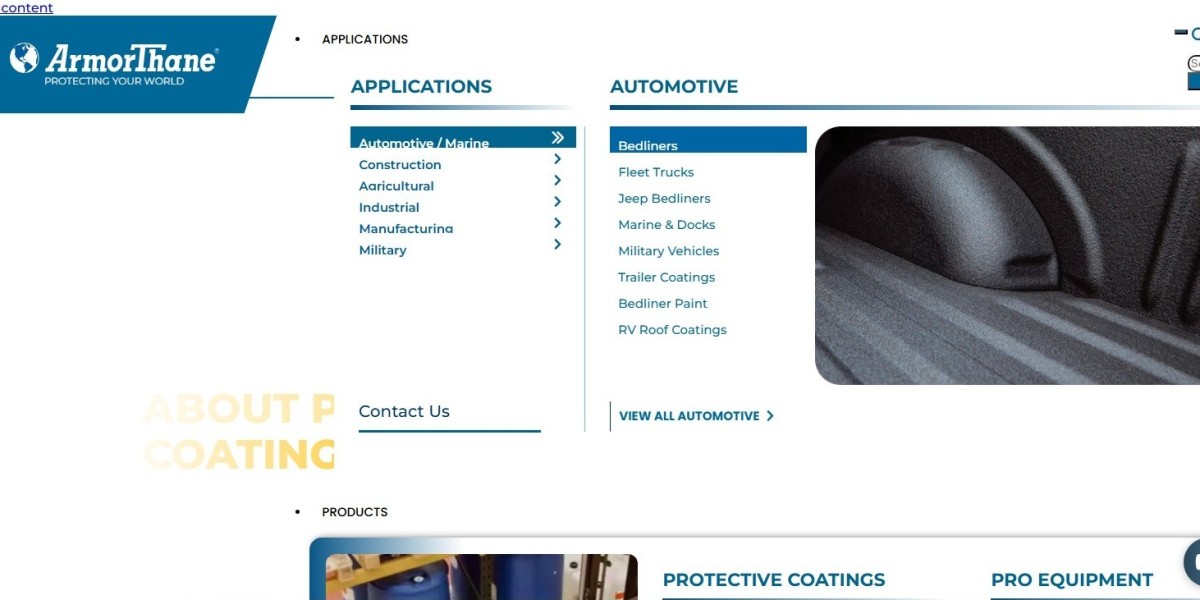The Role of Coatings in Daily Structures
The built environment surrounds people every day. Roads, bridges, tunnels, and buildings all require protection from wear, moisture, and harsh weather. While many people notice the design or the shape of these structures, few think about the thin layers that guard them against damage. These layers, known as protective coatings, play a quiet but essential role in keeping infrastructure safe and functional.
Among the many types of coatings available today, polyurea stands apart for its unique set of qualities. It bonds quickly, cures fast, and resists a wide range of chemicals and physical stresses. This combination allows it to perform well across many industries, from transportation to manufacturing.
Why Polyurea Has Become a Trusted Solution
Polyurea coatings have gained attention in recent years because of their ability to protect both concrete and steel surfaces. They apply through a spray process that forms an instant bond with the substrate. Once cured, the coating creates a seamless, flexible surface that resists cracking, water intrusion, and corrosion.
One reason why polyurea stands out involves its versatility. It works in cold environments, high humidity, and extreme heat. It can stretch without breaking and return to its original shape after deformation. These qualities make it suitable for protecting bridges, pipes, tanks, roofs, and factory floors.
For those seeking a deeper look at the subject, resources such as ArmorThane provide valuable information about how these materials work in the field. Their experience with polyurea extends to many industries, giving a clear sense of where and how these coatings offer the most benefit.
The Science Behind Polyurea’s Performance
Polyurea differs from other coatings because of its chemical structure. It results from a reaction between isocyanates and amine-terminated resins. This process happens rapidly, often within seconds of spraying. As the material cures, it forms a strong, continuous film that resists water, chemicals, and impact.
The speed of application plays a major role in its appeal. Projects that use polyurea often take less time to complete than those using traditional coatings. In many cases, areas coated with polyurea can return to service within hours rather than days.
Once in place, the coating maintains its properties even under demanding conditions. It resists UV light, mechanical wear, and exposure to oils or solvents. These characteristics help extend the life of infrastructure, reducing the need for frequent maintenance.
Where Polyurea Finds Practical Use
The flexibility of polyurea coatings makes them useful in a range of settings. Municipalities use them to extend the life of wastewater treatment plants, where exposure to chemicals and moisture poses constant threats. Parking garages and bridge decks benefit from polyurea’s ability to flex with movement while sealing out water and debris.
Industrial facilities use polyurea for secondary containment systems, protecting soil and groundwater from leaks or spills. In these applications, the coating forms a reliable barrier that prevents hazardous materials from escaping.
Polyurea also finds use in residential and commercial construction. Contractors apply it to rooftops, foundations, and basements to prevent leaks and moisture damage. The coating’s fast cure time reduces project delays, allowing other construction tasks to proceed as scheduled.
Those interested in practical examples and detailed information about polyurea applications can find valuable guidance through ArmorThane, which outlines real-world uses and results.
Why Choosing the Right Installer Matters
The success of any coating depends not only on the material itself but also on how it gets applied. Polyurea coatings require skill to install correctly. The spray process must follow specific guidelines for temperature, surface preparation, and mixing ratios. Without careful control of these factors, the coating may not adhere properly or may develop weak points.
Experienced installers understand these challenges. They take time to assess the condition of the surface, apply primers when needed, and control environmental conditions during spraying. Their work ensures that the coating forms a complete, consistent barrier.
Organizations such as ArmorThane offer training and certification programs to help contractors develop these skills. By following established best practices, installers can deliver coatings that perform as intended over the long term.
The Long-Term Value of Polyurea
While polyurea coatings may carry higher upfront costs than some traditional options, their long-term value often outweighs the initial expense. The durability of polyurea reduces the need for frequent repairs or replacements. In many cases, the coating continues to perform well after years of exposure to tough conditions.
This longevity also reduces disruptions caused by maintenance work. Roads, factories, and commercial buildings coated with polyurea can remain in service longer between repair cycles. The result is less downtime for essential infrastructure.
For those managing public assets or large industrial facilities, this kind of performance offers clear financial and operational benefits. Polyurea coatings protect against some of the most common causes of damage, keeping structures strong and functional well into the future.
How Polyurea Reflects a Shift in Coating Technology
The growing use of polyurea signals a broader change in how industries approach protective coatings. Instead of relying on slow, rigid materials that require frequent upkeep, many now prefer coatings that offer flexibility, speed, and long-term strength.
This shift reflects a desire for smarter solutions — ones that balance performance with practical installation. Polyurea coatings deliver on both fronts, offering a dependable way to shield infrastructure from damage while also simplifying the work of contractors and maintenance crews.
For those seeking to explore the topic further, ArmorThane offers detailed resources that explain both the technical aspects and the practical applications of polyurea. Their work continues to support those looking for reliable, effective coating solutions.






